On This Day...February 19th
A very clear theme running through the series today, especially with the colourised photos, which need no captions.
Private first class Rez P. Hester (sadly, we don’t know the dog’s name) finds time to close his eyes for a moment while his dog stands guard. Iwo Jima, February 19th, 1945.
F6F-5 Hellcats (Air Group 3) of USS Yorktown (CV-10), Iwo Jima, 19th February 1945.
Raids on Darwin. A6M2 Zero BII-124 crashed on Melville Island, on February 19th, 1942, one of the first Zeros captured by the Allies. The number ‘BII-1’ of the complete Tail Number BII-124 is visible on the tail. The central section of this same wreck is displayed at the Australian Aviation Heritage , near Darwin itself. This Zeke was from the carrier Hiryu and was used on the attack on Pearl Harbor. The royal blue stripes on the fuselage represent the 2nd carrier in the 2nd carrier division (1st Air Fleet), the stripe on the tail represents flight leader (‘shotaicho’). Although the aircraft below is a ‘Val’ it illustrates the stripes nicely.
“On this date in 1942, the Tuskegee Airmen were initiated into the US armed forces.”
“The Tuskegee Airmen were Black servicemen of the U. S. Army Air Forces who trained at Tuskegee Army Air Field in Alabama during World War II. They constituted the first African-American flying unit in the U. S. military. In response to pressure from the National Association for the Advancement of Colored People (NAACP), the Black press, and others, the War Department in January 1941 formed the all-Black 99th Pursuit Squadron of the U. S. Army Air Corps (later the U. S. Army Air Forces), to be trained using single-engine planes at the segregated Tuskegee Army Air Field at Tuskegee, Ala.”
“The base opened on July 19, and the first class graduated the following March. Lieutenant Colonel Benjamin Oliver Davis, Jr., became the squadron's commander. The Tuskegee Airmen received further training in French Morocco, before their first mission, on June 2, 1943, a strafing attack on Pantelleria Island, an Italian island in the Mediterranean Sea. Later that year the Army activated three more squadrons that, joined in 1944 by the 99th, constituted the 332nd Fighter Group. It fought in the European theatre and was noted as the Army Air Forces' only escort group that did not lose a bomber to enemy planes.”
“The Tuskegee airfield program expanded to train pilots and crew to operate two-engine B-25 medium bombers. These men became part of the second Black flying group, the 477th Bombardment Group. Shortages of crew-members, technicians, and equipment troubled the 477th, and before it could be deployed overseas, World War II ended. Altogether 992 pilots graduated from the Tuskegee airfield courses; they flew 1,578 missions and 15,533 sorties, destroyed 261 enemy aircraft, and won over 850 medals. The American army’s 100th pursuit squadron a group of Black aviators fought valiantly over Britain and other European countries.”
Reference:
The Encyclopaedia Britannica.
The aftermath of D-Day on Iwo - piles of personal belongings swept from invasion beach. The amount of helmets tells it’s own story. 19th February 1945.
Lt Ira Kepford of VF-17 returns from a combat mission over Rabaul Bougainville on February 19, 1943.
A year later than the photo above, February 19th - 1944: Japanese air & naval base at Rabaul officially ‘neutralized’ by Allied forces, last Japanese planes moved to Truk. Here we can see SBD Dauntlesses flying over Truk Atoll during ‘Operation Hailstone’
Where would we be without coffee? American Red Cross assistant field director Herbert M. Sifford grinding coffee in a camp near Tebessa, Tunisia, 19th February, 1943.
Curtiss SB2C-3 Helldiver from USS Hancock flies over two battleships of the invasion fleet during strikes on Iwo Jima, 19th February, 1945.
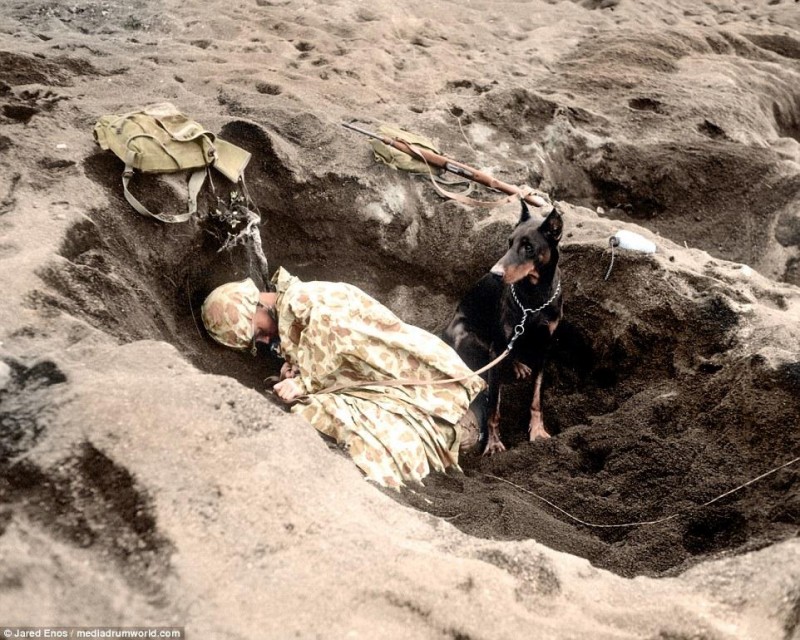
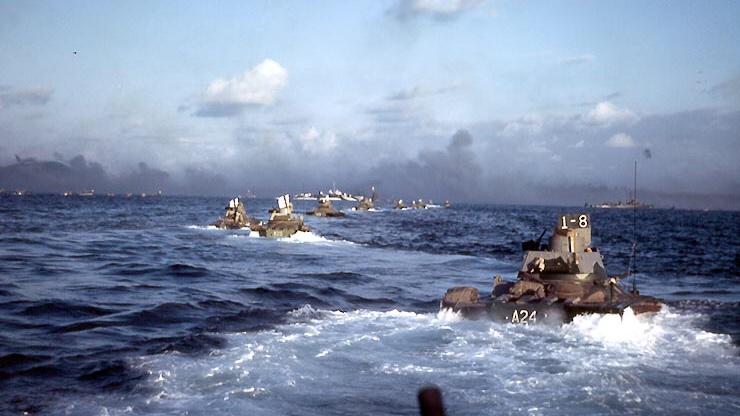
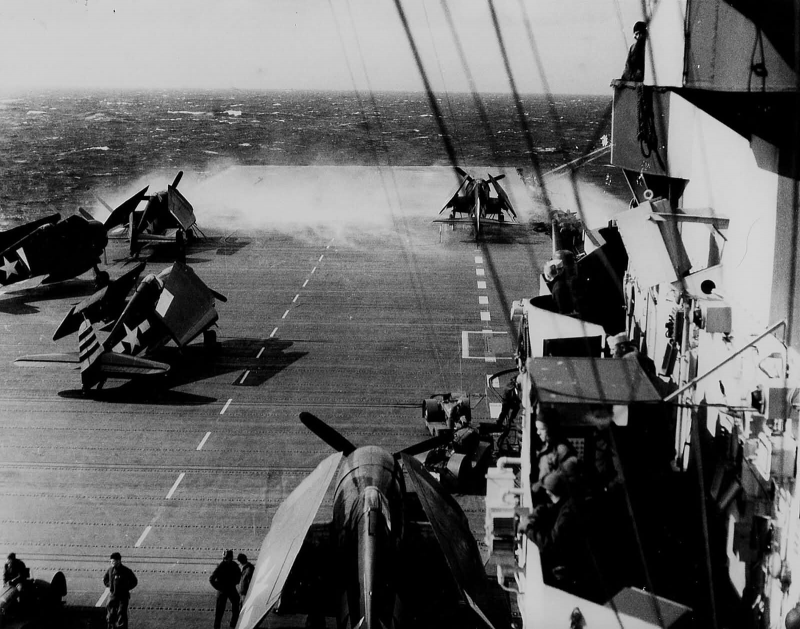
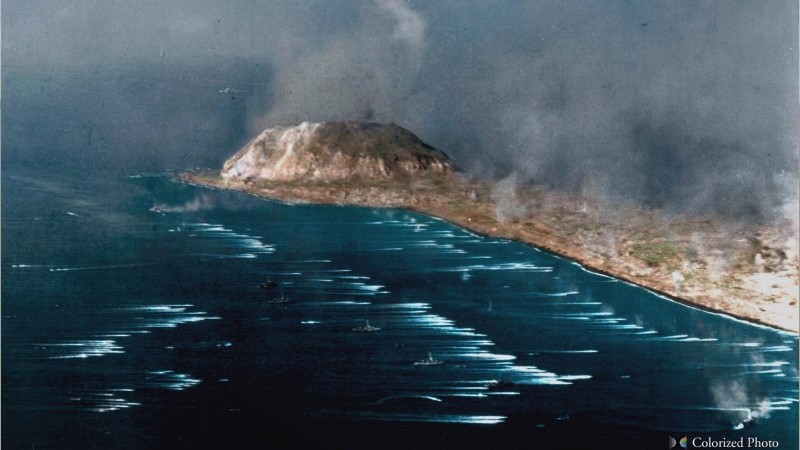
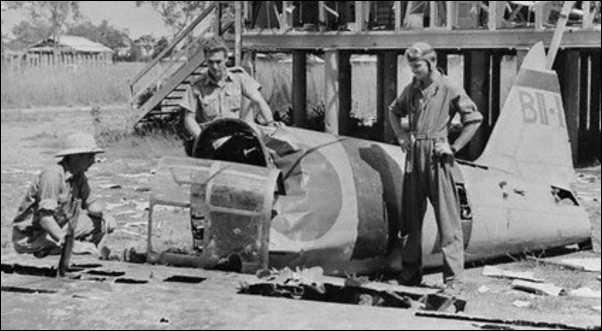

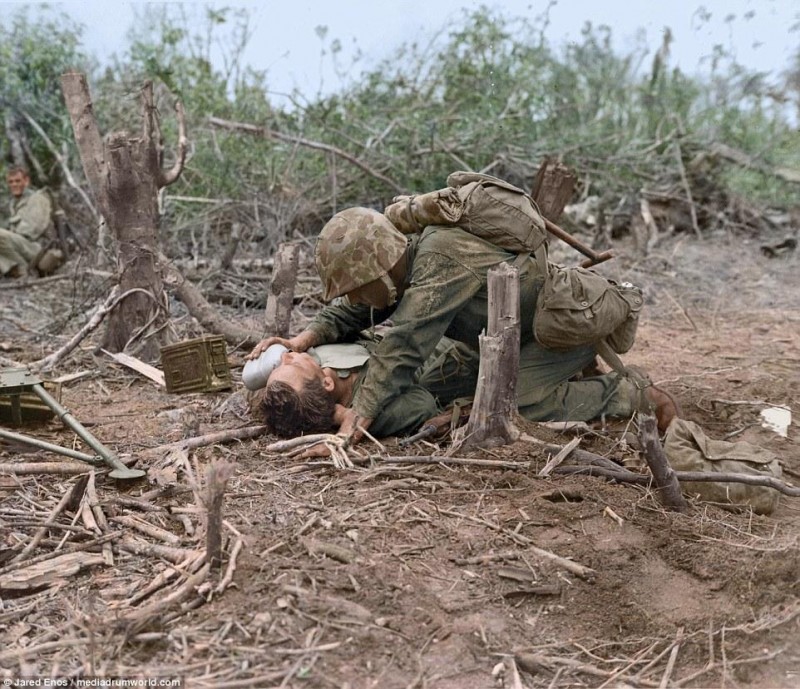

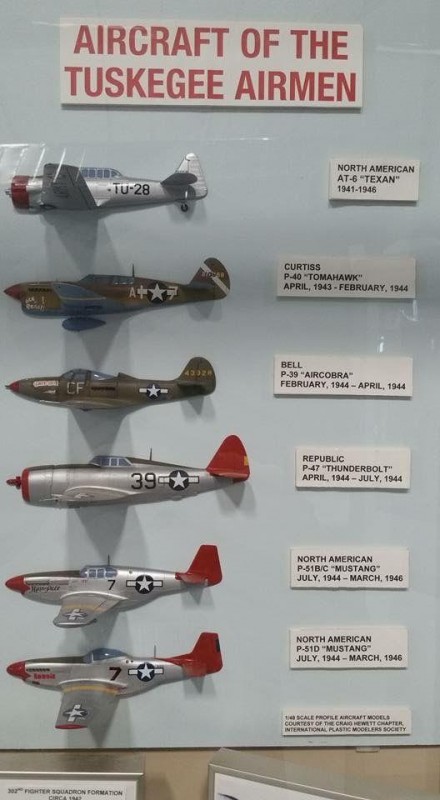
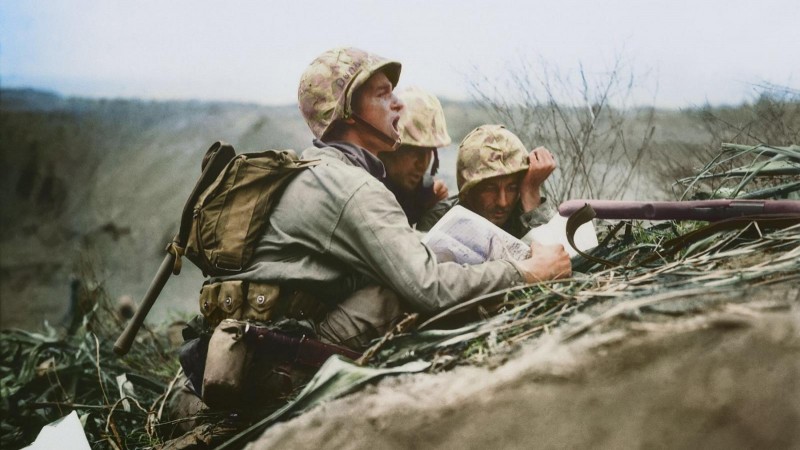
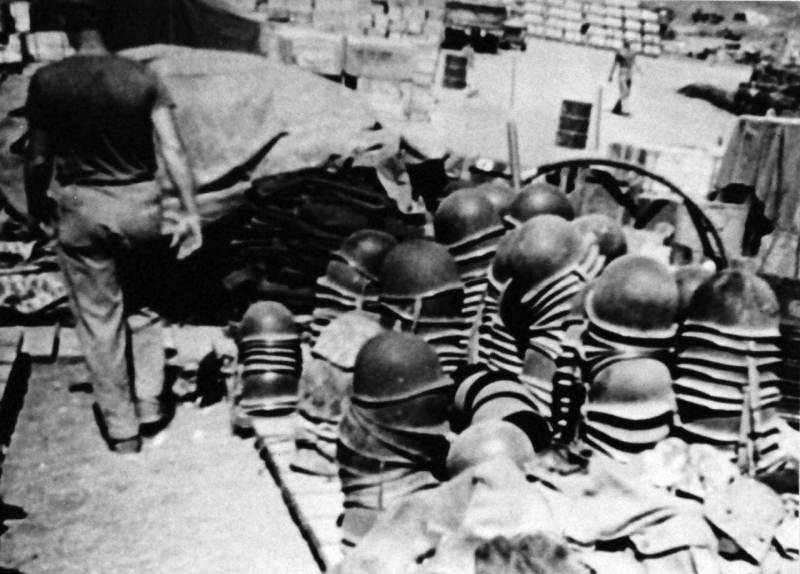
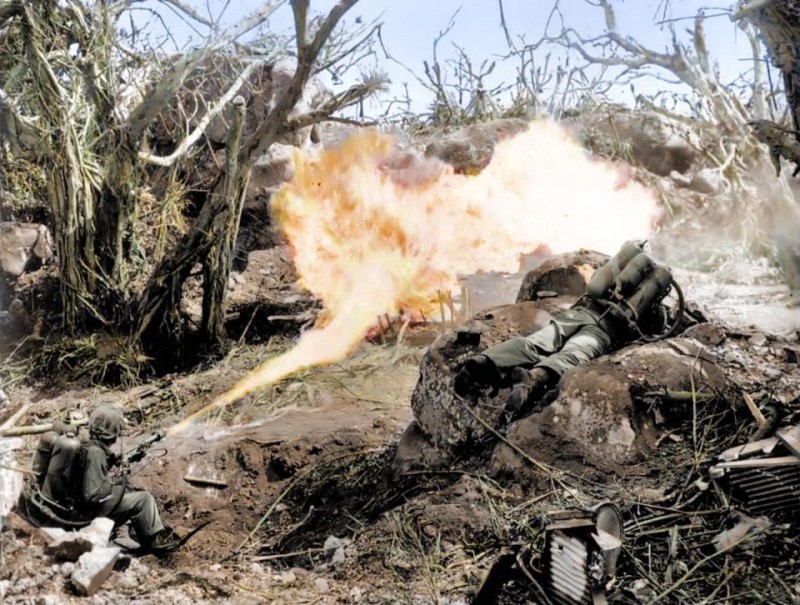
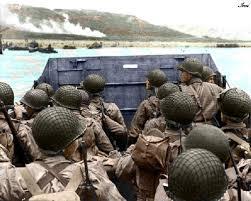


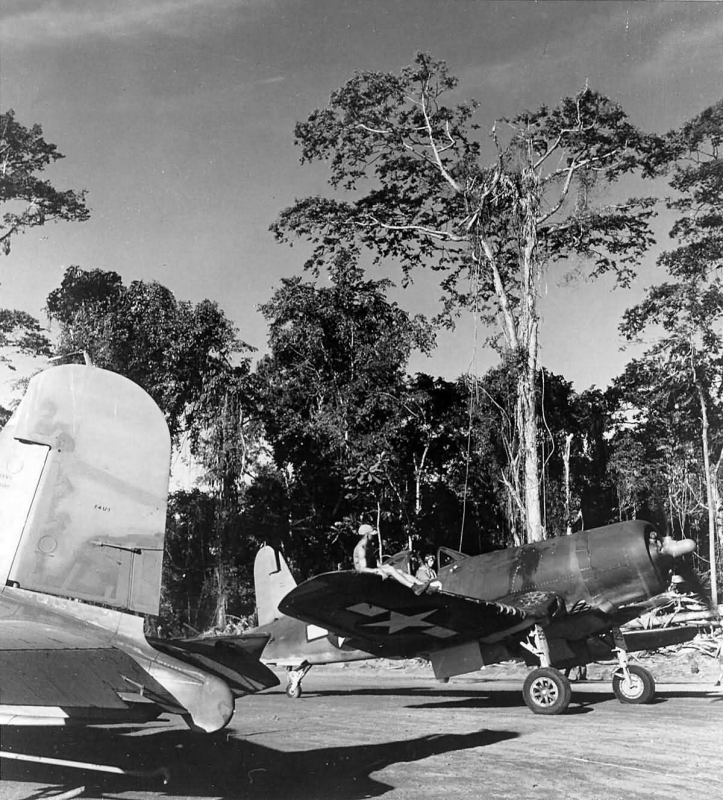

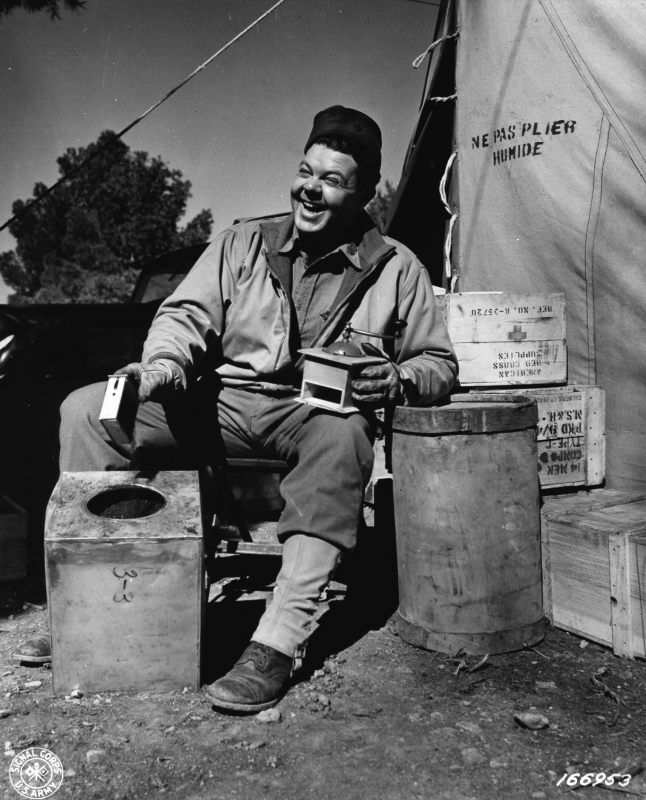
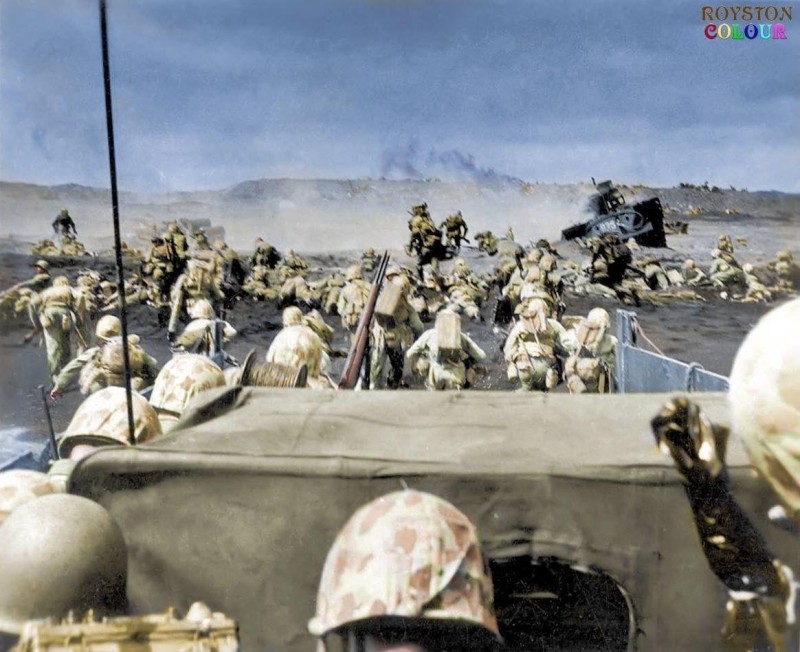
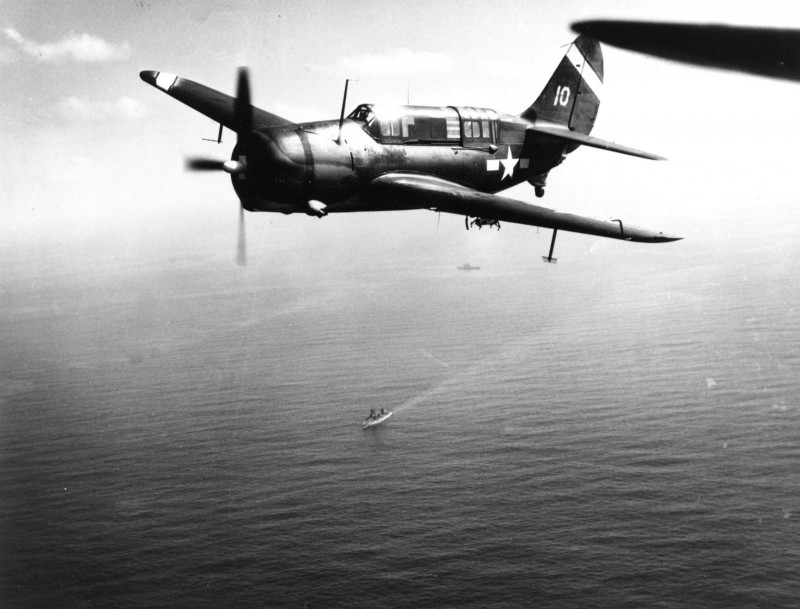

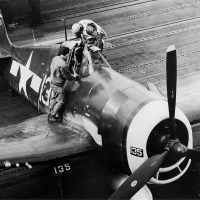
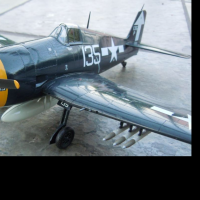

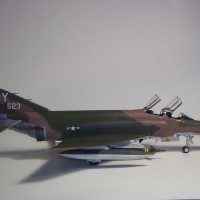
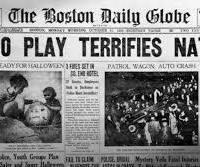
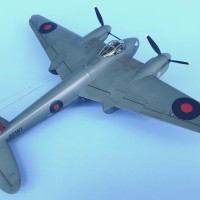
One of the many great places I was able to visit while in the US Navy was Iwo Jima. My squadron VAW 115 would do carrier landing practice there when I was stationed in Japan. The island is considered a war grave by the Japanese and much of the remains of the battle can still be found. "Caving" was a particular pastime we engaged in during our off time. Many of the Japanese cave systems are still as they were in 1945, food bowls, gas masks, shoes, bits of uniform. You can run your hands through the sand on the landing beaches and pull up pieces of shrapnel. The one thing that struck me most was standing on the landing beaches and looking up at Surabachi. It dominates the terrain in a way pictures cannot capture. Later I got to go to the top with a mixed group of Sailors Marines and JMSDF personnel, the Japanese Sailors did a brief ceremony for the dead and we all took pictures. I remember looking down at the landing beaches, that black sand, and wondering how anyone made it off that beach alive. You can see the entire island from up there, and with the foliage gone as it was in 1945, I am sure you could see every move someone made. Had the Marines not captured that mountain, we would have been thrown back into the sea.
My son-in-law used an expression once that stated, “When an unstoppable force meets an unmovable object, something has to give, and usually, at a cost.” That came to my mind when I was looking at those photos.
Best collection yet !
Thanks, Craig - ‘preciated.
I believe the Ira Kepford shot is misdated. U.S. insignia wasn't barred in early '43, and the early, birdcage, Corsairs had only recently entered action on February 13th.
Ryan, I believe the date ought to be February ‘44. The photo below is Ira in the same aircraft (white 29) in march of ‘44 toward the end of the VF-17 tour of the Solomons.
awesome as usual. I have a kit built as the photo hellcat you featured in my stuff! Used superscale decals.
And here she is, Dan. A real beauty.
@danfrombermuda
Again great set of photos and stories that are second to none. The Marine and his ever watchful dog has gone through hell together. A true testament to the saying : A dog is man's best friend. Reminds me of Judy the war dog that saved many starving soldiers in a Japanese POW camp.
I have a few more ‘soldiers and dogs’ filed away - thanks Morne.
David it would be awesome to have all of the 'On This Day' posts of one year in one file. Riveting reading and visual material.
Mmmm. A great idea - maybe after I finish the whole year I could take one story a day and try that as a collection...
Well, that’s if I do finally get the year done.
Cheers, Morne. Deeply appreciate your words.
The Kepford photo is mis-dated, VF-17 was nowhere near the South Pacific on February 19, 1943 - they had yet to get their airplanes delivered at Norfolk VA on that date! The photo is correctly dated February 19, 1944, and he's returning from the last mission over Rabaul, the day they discovered the Japanese had withdrawn the remains of their carrier air groups back to Truk. The 120 day Rabaul campaign from October 1943-February 1944 was why the Japanese lost the Battle of the Philippine Sea (the death knell of Japanese naval aviation) on June 19, 1944. The leadership that remained for the IJNAF after the Solomons defeat was destroyed in the Rabaul campaign, leaving them with nothing for the final carrier battle. At Leyte Gulf, the carriers were reduced to bait for Halsey.
Once again, the Caption Gremlins strike!
Yep. Caught that, chased down the source and got to the bottom of it - see above - with the added bonus of another ‘white 29’ photo.